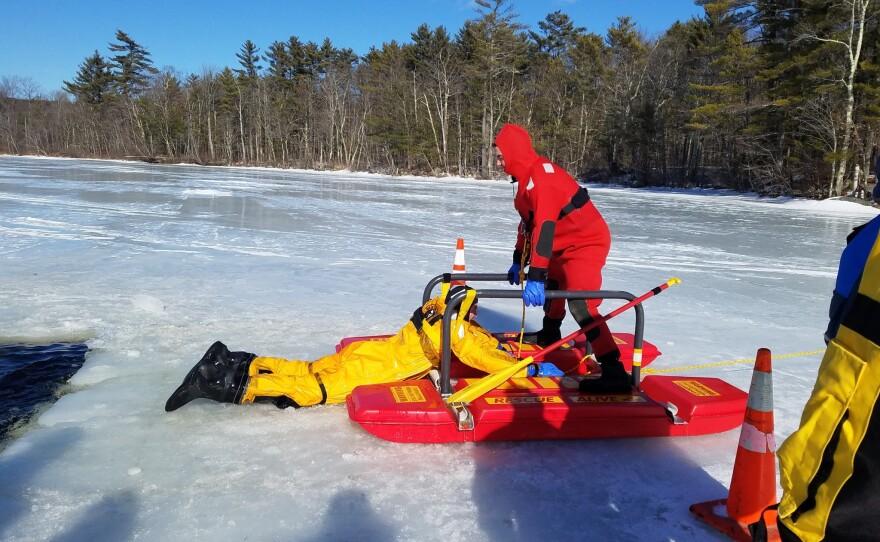Nineteen confirmed cases of blastomycosis, a type of fungal infection, have been linked with a northern Michigan paper mill, with a further 74 people believed to be probable cases, according to local health authorities.
Public health officials said on April 7 that both confirmed and probable cases are workers at Escanaba Billerud Paper Mill infected with Blastomycosis after showing symptoms. A probable case is a person with symptoms with a positive antigen or antibody test.




